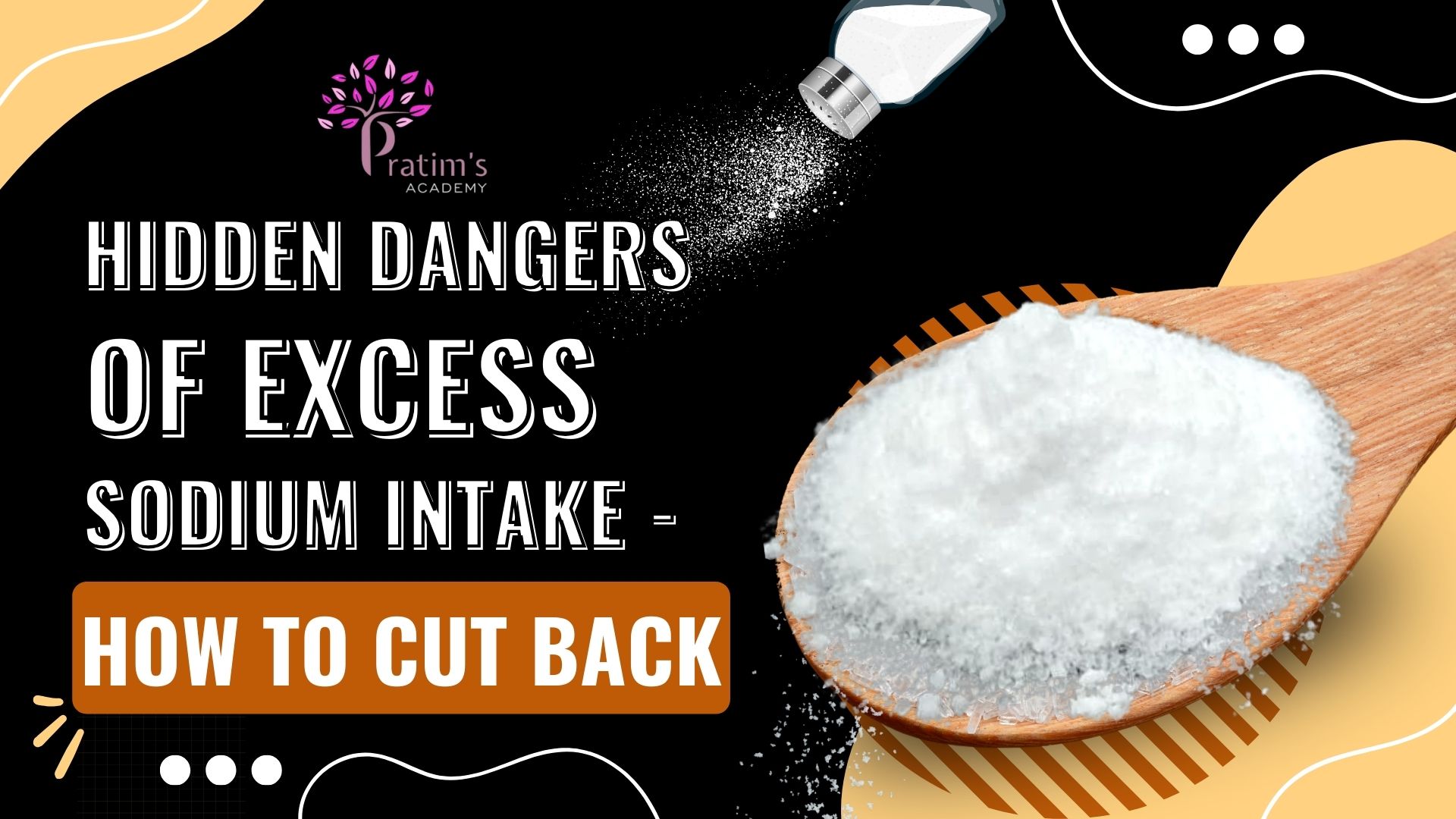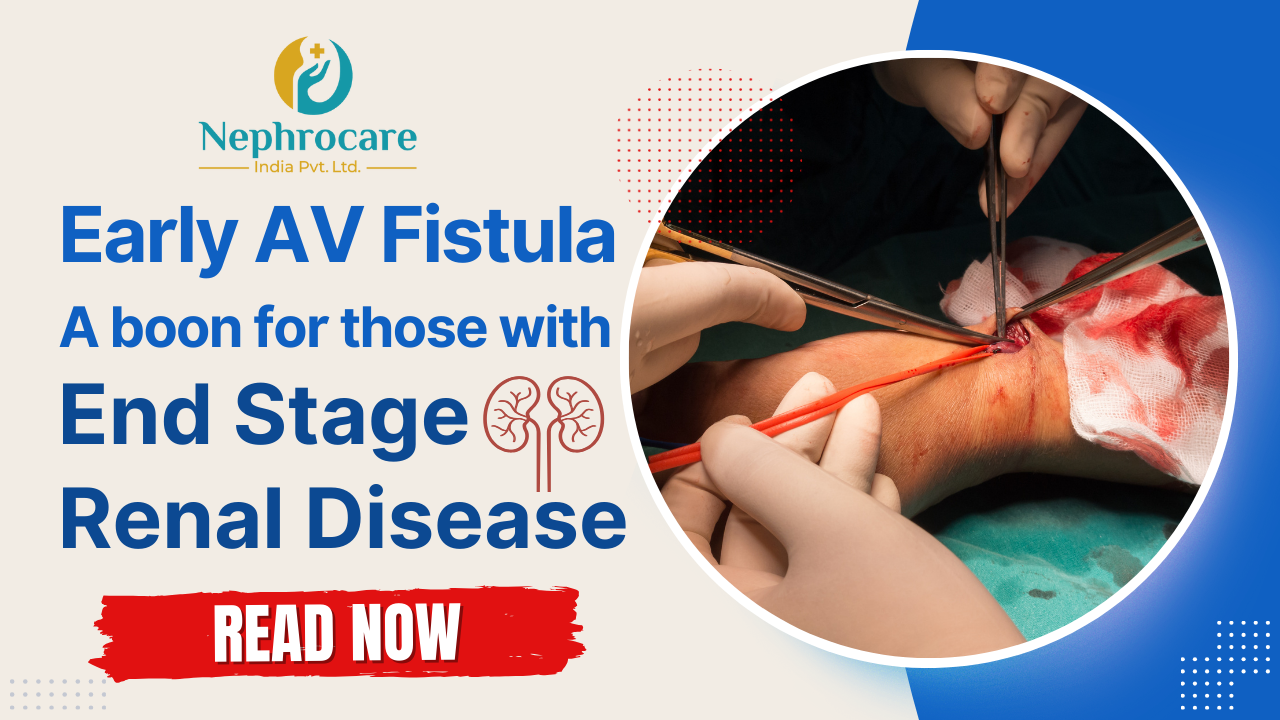
- 543
- 0
Early AV Fistula: A Boon for End-Stage Renal Disease
An AV fistula early creation is commonly misunderstood as a signal for the initiation of dialysis.
In our clinic, we encountered many patients, including two individuals, Neel and Sumi, each facing the challenges of kidney failure. Their journeys would take distinctly different routes, highlighting the critical role of early AV fistula creation.
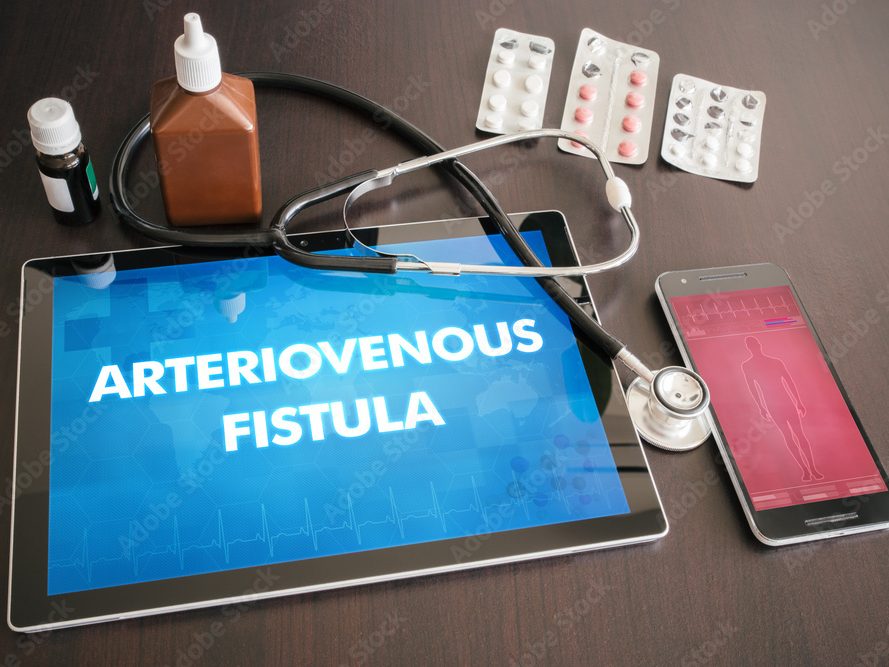
Scenario 1: Neel’s Early Intervention
Neel, a middle-aged man, was diagnosed with kidney disease during routine check-ups. His creatinine levels were creeping up, indicating a decline in kidney function. Faced with this challenge, Our healthcare team took proactive measures and decided to create an AV fistula early on.
The surgery was successful, and Neel’s fistula matured over time. As his kidney function deteriorated, he seamlessly transitioned to dialysis with the support of his well-functioning AV fistula. Regular dialysis sessions became a part of his routine, allowing Neel to maintain an active lifestyle with the external support he needed.

Scenario 2: Sumi’s Delayed Intervention
On the other side of town, Sumi found herself in a similar predicament. Like Neel, she experienced creeping creatinine levels, indicating declining kidney function. However, for various reasons, Sumi decided not to pursue early AV fistula creation, choosing a different path for addressing her health concerns.
As time passed, Sumi’s kidney function worsened, and she eventually needed dialysis. Unfortunately, her fistula had not matured, and she had to rely on temporary access for life-sustaining treatment. This presented challenges, and during one of her dialysis sessions, Sumi faced a severe infection on her temporary access site.
After enduring a tough time with the infection, Sumi’s journey became fraught with complications. The temporary access, meant to be a bridge, became a source of distress and discomfort.
In reflecting on Neel and Sumi’s stories, it becomes evident that early AV fistula creation played a pivotal role in shaping their experiences with kidney failure.
Importance of Early AV Fistula:
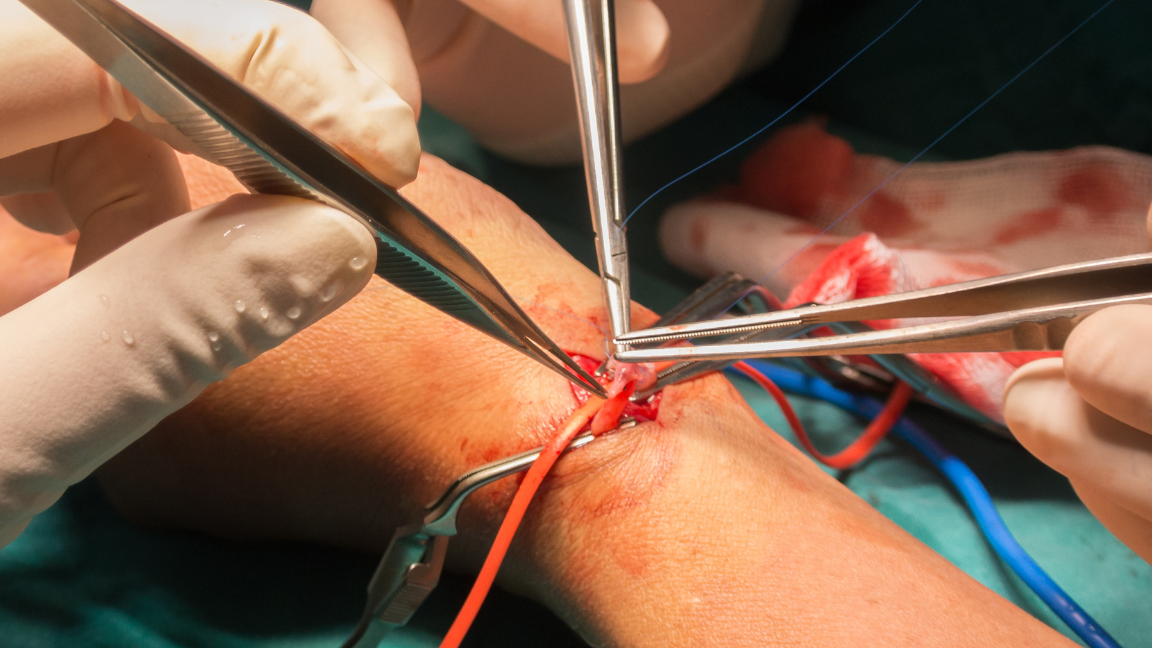
Longevity and Durability: AV fistulas tend to have better long-term durability compared to other types of vascular access, such as arteriovenous grafts or central venous catheters. Early creation allows the fistula to mature and become stronger over time, reducing the risk of complications.
Reduced Infection Risk: AV fistulas have a lower risk of infection compared to central venous catheters, which are associated with a higher risk of bloodstream infections.
Lower Healthcare Costs: In the long run, AV fistulas offer greater cost-effectiveness compared to alternative access methods. Early creation and utilization of AV fistulas can help avoid the expenses associated with maintaining and treating complications from other types of access.
Improved Blood Flow for Dialysis: A well-functioning AV fistula provides high blood flow rates, allowing for efficient hemodialysis. Adequate blood flow is essential for the effective removal of waste products and excess fluid during dialysis sessions.
Preservation of Venous System: AV fistulas help preserve the venous system by promoting the dilation and maturation of veins.
Prevention of Central Vein Stenosis: Long-term use of central venous catheters may lead to central vein stenosis, a narrowing of the large veins that carry blood to the heart. AV fistulas, when used early, can help prevent this complication.
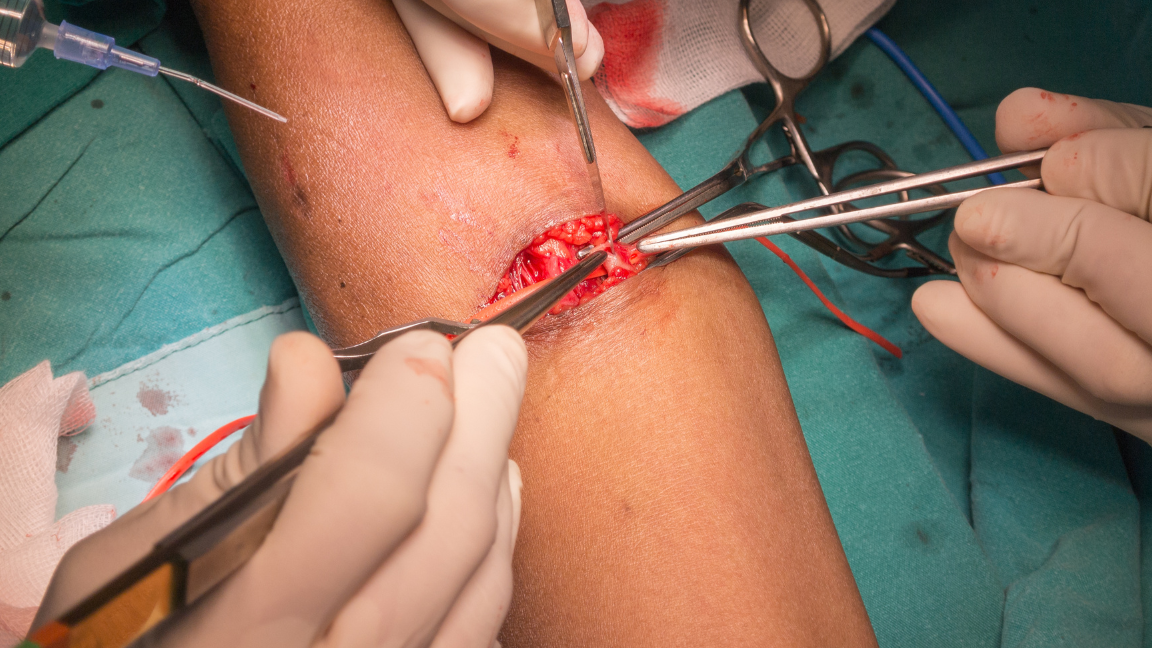
Preparation for Future Dialysis Needs: The early planning and creation of an AV fistula provide enough time for the fistula to mature before initiating dialysis. This ensures that the patient has a reliable and functional access point when the need for dialysis arises.
Conclusion
The tales of Neel and Sumi emphasize the critical importance of early AV fistula creation in managing kidney failure. This proactive approach ensures a smoother transition to dialysis. It also significantly improves the overall quality of life for individuals facing the challenges of renal health.
Feel free to reach out to us for more information on AV fistulas
Comment
Check Your EGFR
***We Promise, no spam!



